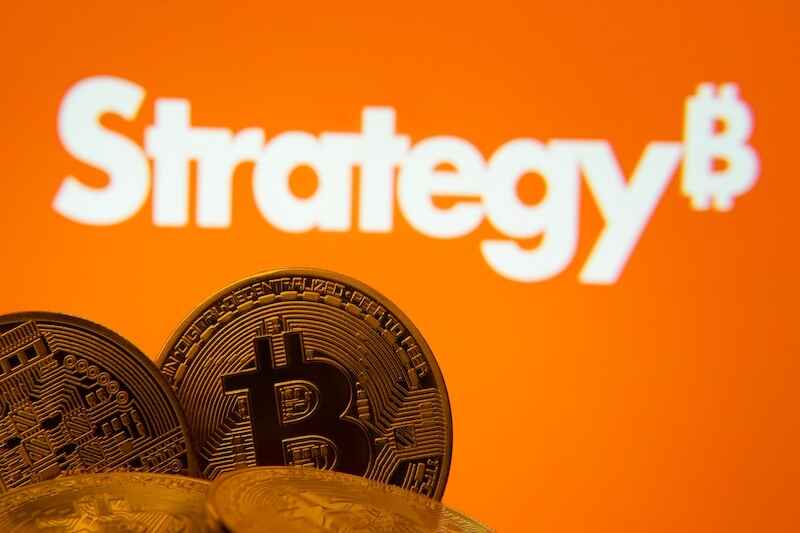Three Proven Crypto Business Models
Robert Ross|August 12, 2024

Crypto skeptics love to say the sector is full of hot air… that it has no real value.
But as someone who has invested in crypto since 2017 and seen the good AND the bad…
I can confidently say the current landscape is completely different.
Two weeks ago, I mentioned a statistic from Polymarket about who would win the U.S. presidential election. Polymarket is the world’s largest prediction market, allowing individuals to bet on everything from political outcomes to the weather.
But what most people don’t know is that Polymarket is a blockchain company.
And it’s one of a few proven crypto business models you should be investing in.
Next-Gen Betting
Polymarket uses blockchain technology to create a decentralized prediction market. This allows for transparent, secure, and tamper-proof transactions. Users place bets with cryptocurrencies. The practice ensures lower fees and faster transactions compared to traditional betting platforms.
Since its inception, Polymarket has seen significant growth. The platform has more than 33,000 monthly users. A significant portion actively participates in the platform’s markets.
Last month, Polymarket’s monthly trading volume reached an all-time high of $380 million, demonstrating its rapid adoption and popularity. In fact, the company has even partnered with prominent organizations like the World Economic Forum and the University of Oxford.
But it’s also a great business. The platform generates revenue through a 5% commission on all trades. 2021 revenues reached $1.5 million… and that figure should rise dramatically this year as Polymarket sees further adoption.

Polymarket’s success showcases how blockchain technology can disrupt traditional industries – in this case, betting – by offering more efficient, cheaper, and reliable service.
Unfortunately, we can’t invest in Polymarket directly. But there are a few other crypto business models you should have your eye on.
Pay the Toll
There are truly only a few proven crypto business models.
“Toll takers” process a ton of transactions and charge a transaction fee for using the platform. Think of them like Visa (V), which uses its network to process billions of credit card transactions, charging a fee for each one.
Similarly, crypto “chains” like Ethereum (ETH) make money by processing transactions on their network and charging transaction fees, often referred to as “gas fees.” These fees compensate miners or validators who maintain the network and ensure its security.
And it’s similar for Uniswap (UNI), which earns revenue by charging transaction fees on its exchange platform where users trade cryptocurrencies, similar to a stock exchange like the Nasdaq.
However, unlike Visa and Nasdaq, which operate in a centralized manner, Ethereum and Uniswap leverage decentralized blockchain technology, which allows for greater security and transparency in transaction processing. And unlike Polymarket, you can invest directly in Ethereum and Uniswap to benefit from the growth of the network and demand for the utility tokens that run the network.
But toll takers are not the only crypto business model investors should be watching.
Bank on This Model
In addition to chains and exchanges that act as “toll takers” for the crypto market, there’s another model that also seems to work… banking.
It works like this: crypto platforms generate something called “total value locked.” It’s where users deposit their assets into a platform’s smart contracts, typically in the context of decentralized finance (DeFi) applications. These platforms, such as lending protocols like Aave (AAVE) and stablecoins like Tether (USDT), lock users’ assets to provide liquidity for various financial services.
In return, the platform takes an annual cut or fee from the total value locked, providing a steady revenue stream.
This is how traditional banks like JPMorgan Chase (JPM) operate. Banks collect deposits from customers and use those funds to provide loans and other financial services. The interest and fees earned from these services form a significant portion of the bank’s revenue.
Just as banks earn interest on loans made with depositor funds, DeFi platforms earn fees on the locked assets used to facilitate transactions within their ecosystem.
However, unlike banks, these crypto platforms operate on decentralized networks, offering greater transparency and potentially higher returns for users while also carrying different types of risks and regulatory challenges.
There are a few new crypto business models I could see working soon. This includes utility token platforms and oracle systems, two trends we’re investing in directly in my Breakout Fortunes trading service.
But regardless, if you’re reading this, you’re still an early adopter in the crypto space.
And those who can identify the winners now will make lots of money.



